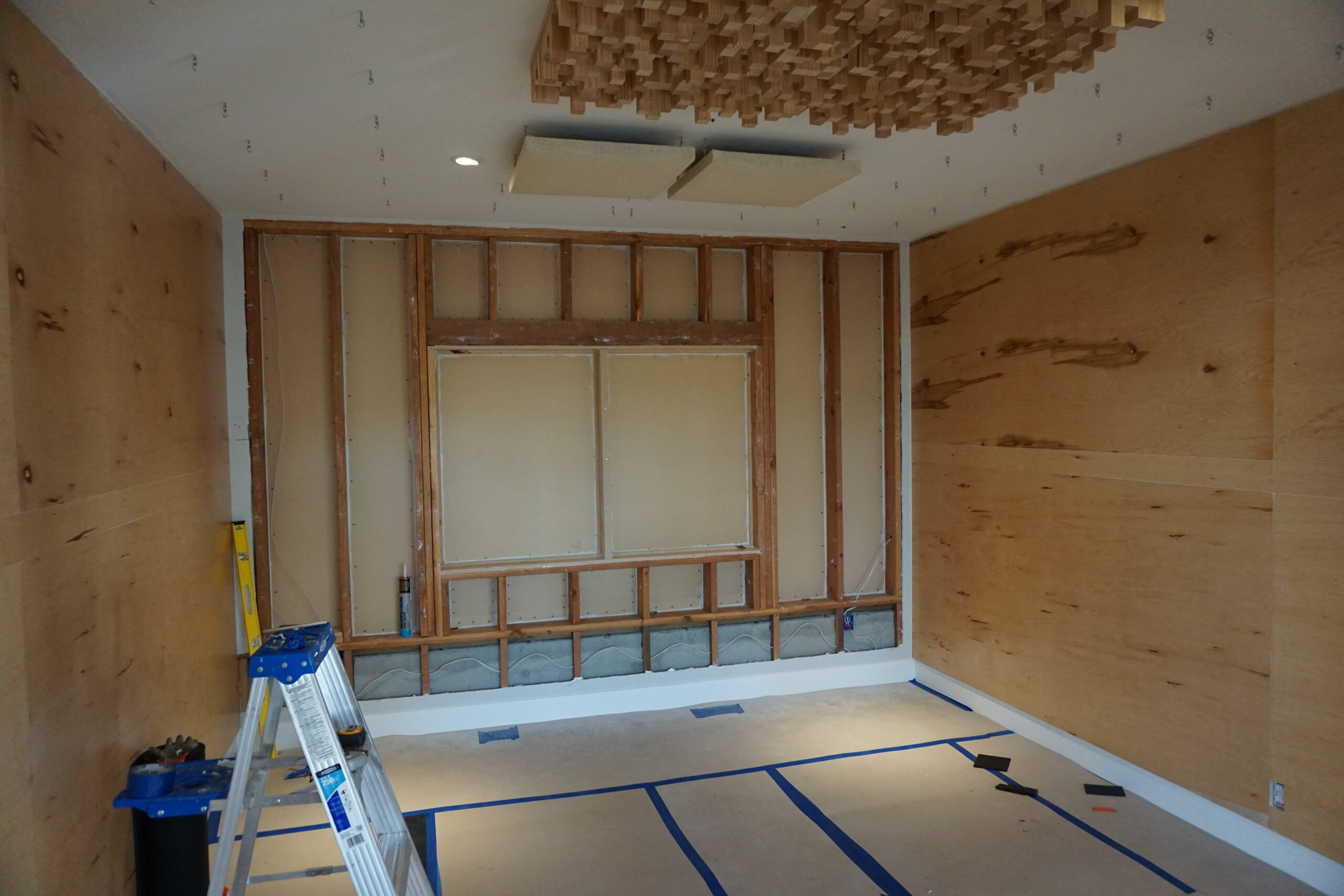
Introduction
Room acoustics is the study of how sound behaves in an enclosed space. Critical distance is an important concept in room acoustics that is often overlooked. In this article, we will discuss what critical distance is, how it is calculated, and why it is important.
What is Critical Distance?
Critical distance is the distance from a sound source at which the direct sound and the reflected sound are equal in level. Beyond the critical distance, the reflected sound dominates and becomes louder than the direct sound. This can result in a loss of clarity and intelligibility of the sound.

Calculating Critical Distance
The critical distance can be calculated using the following formula:
Dc = 0.057 * (S * RT60)^0.5
Where:
- Dc is the critical distance in meters
- S is the area of the room in square meters
- RT60 is the reverberation time in seconds
The reverberation time is the time it takes for sound to decay by 60 dB after the sound source has stopped. It is a measure of the room’s ability to sustain sound energy. The area of the room is important because it determines the amount of sound energy that is reflected back into the room.
Let Us Transform Your Room’s Sound
At Acoustic Fields, we can assist you with determining critical distance and all the acoustical issues present in small rooms. We can assist you with critical distance, reverberation, room modes, and reflections as they relate to your room usages.
Fill out the information in this link and schedule a time to speak with our engineers. We offer noise analysis along with absorption and diffusion technology applications to improve the resolution of your room sound.
Summary
Critical distance is an important concept in room acoustics that should not be overlooked. It is the distance from a sound source at which the direct sound and the reflected sound are equal in level. Calculating the critical distance can help in the placement of sound sources and listener positions in a room to achieve the best possible acoustic experience.







